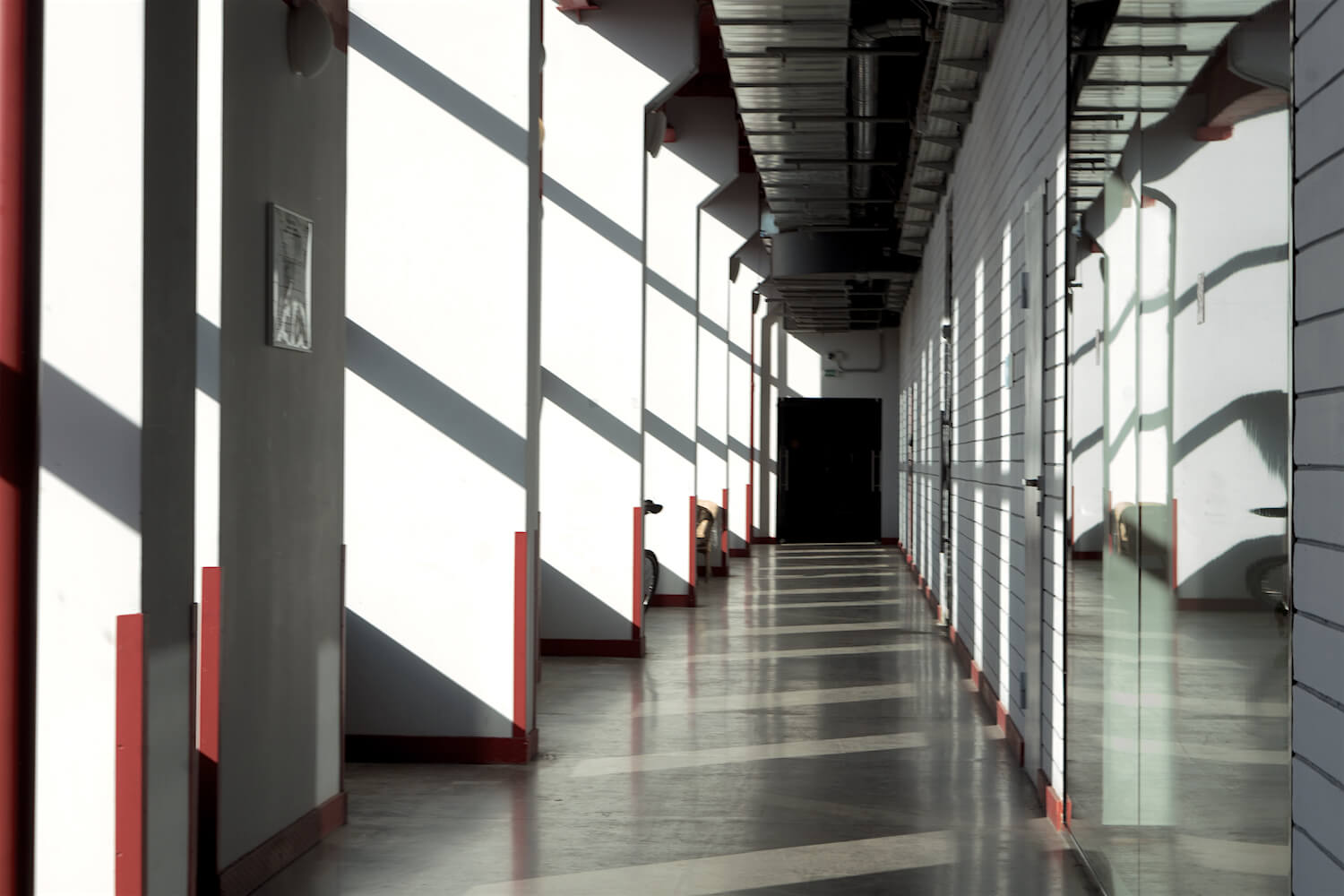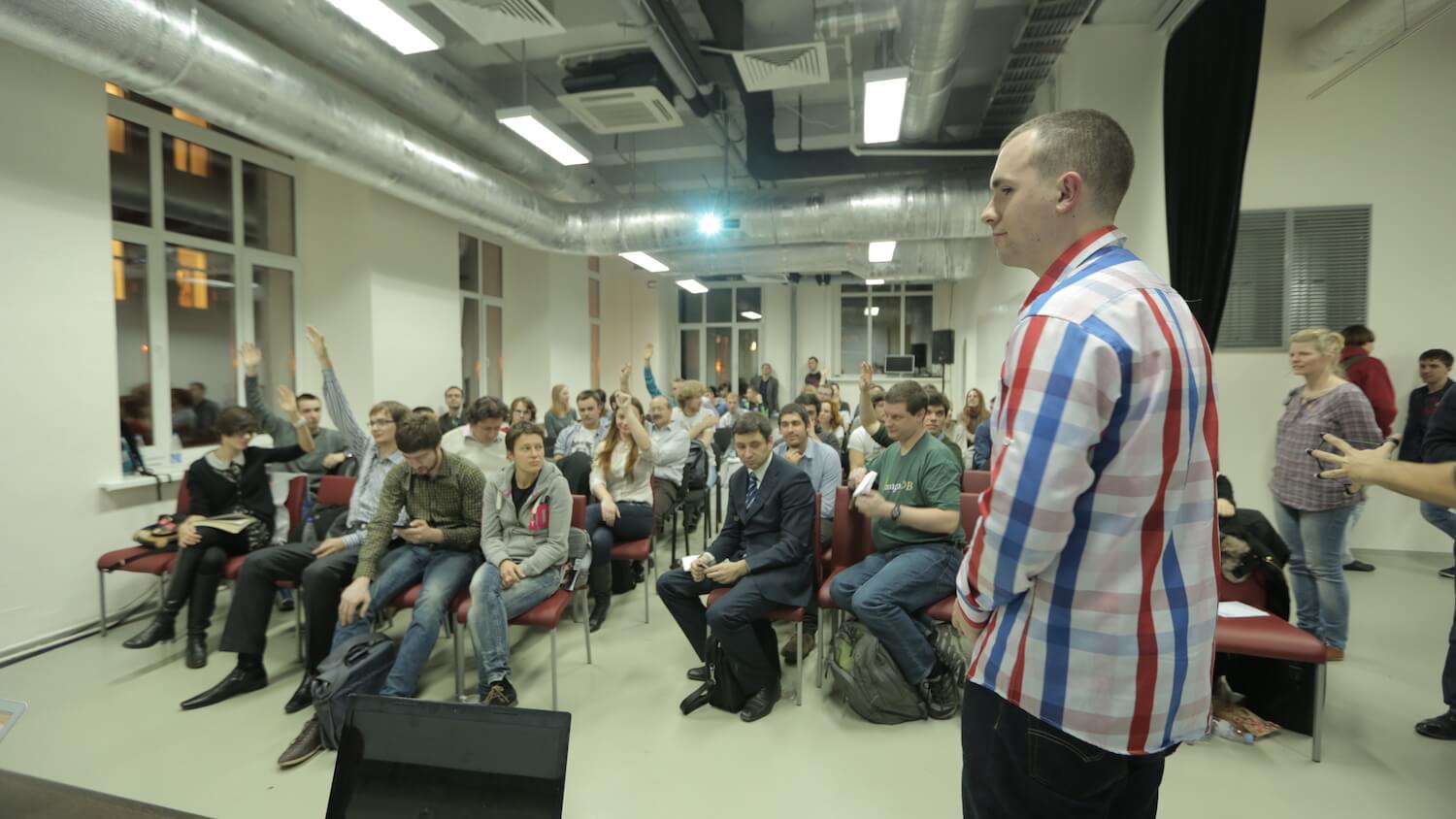In the late 1930s, two Stanford students, William Hewlett and David Packard, were inspired by their professor’s plea to turn the Bay Area into the national capital of high tech. Operating out of the cheapest property they could find — a garage in suburban Palo Alto, they built their first commercial product, the HP200A oscillator. Now a private museum and a California Historic Landmark, this place is a living monument, commemorating the birth of the Silicon Valley startup culture.
This event preceded the similar and widely publicized success stories of Microsoft and Apple by more than 30 years. But it nonetheless perfectly defines the startup culture as we know it today. How come?





